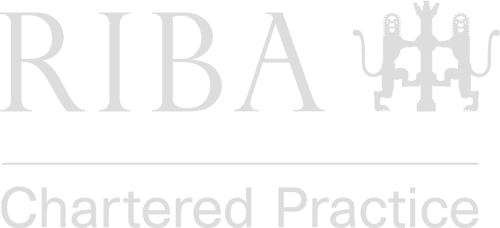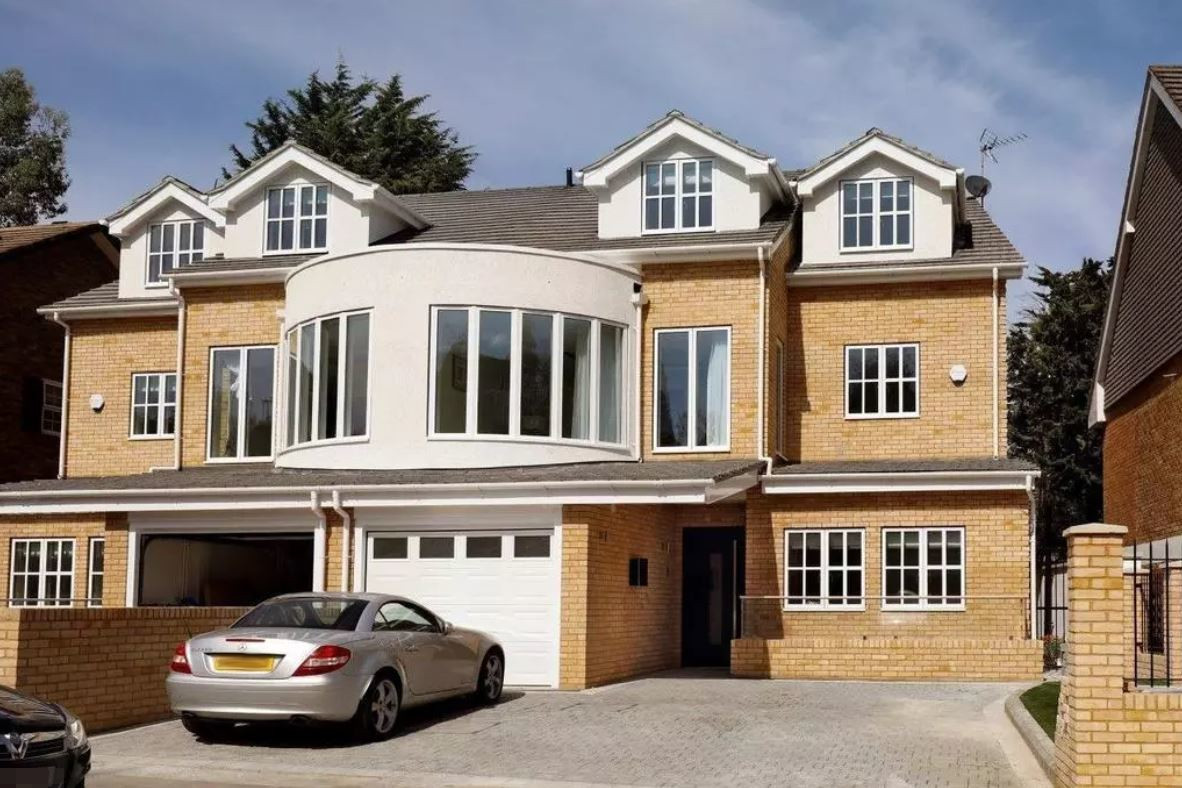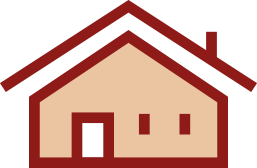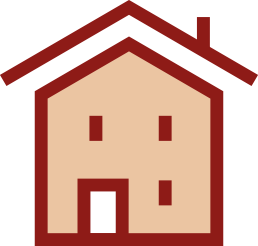Home > News > Understanding Planning and Building Regulations: The 4 Year and 10 Year Rules Explained – July 2024 Updates
Understanding Planning and Building Regulations: The 4 Year and 10 Year Rules Explained – July 2024 Updates
Are you running into trouble concerning an unauthorised flat conversion or residential extension? Where there has been a breach of planning legislation, there are two main ways that you can get your property back up to code. Find out below how the 4-year rule, 10-year rule and retrospective planning applications can help you.

Your Local Planning Authority (LPA) On The Rules
Your Local Planning Authority (LPA) monitors planning breaches and will enforce the necessary action, if applicable. You may have unintentionally contravened planning regulations or your circumstances may have changed resulting in a breach of the existing permission.
In some cases, you may be protected from enforcement, depending on how long the new arrangement, or breach, has been in place.
Pre-25th of April 2024, the 4-year rule was the go-to route to regularise your development, by means of proving that the unauthorised works had been in use for a minimum period of 4-years prior to being considered lawful. However, since then, this has been turned upside down.
The UK Government, as a part of its Levelling-up and Regeneration Act, has now replaced the 4-year rule for unauthorised residential development with a 10-year rule, similar in nature to the pre-existing 10-year period required for unauthorised commercial development.
For you, this may mean a significantly more challenging route forward, for example if you had previously converted a property into flats, you will need to provide 10-years of recorded rent//utilities/council tax information to prove the existing use is several units. The alternative would be to apply for retrospective planning permission, but this can be difficult also with the council considering every minor-detail of the scheme.
If you ask us, it’s better just to be safe and apply for planning permission in the beginning, but many factors contribute to why development was conducted unlawfully, and we are here to help you regularise these projects for peace of mind.

10 Year Planning Permission Rule and 4 Year Rule, What does it mean?
The 10 year rule covers any breach of use of land or buildings which has not been challenged by enforcement action for the period of at least 10 years. Previously, dwellings- aka. individual homes- were subject to a shorter, 4-year rule, but as of April 2024, this has become obsolete, making the 10-year rule applicable in all cases.
The 10-year rule also applies to a breach of any existing planning condition which has not been challenged by enforcement action for the period of at least ten years.
The only exception to development covered by the 10 year planning rule is when working with designated heritage assets, better known as listed buildings. Listed buildings are exempt from the 10-year rule, meaning that even if alterations were carried out 50+ years ago, they could still be enforced today. If you own or are considering purchasing a listed building, we highly advise a heritage survey to ensure that no previous changes could become your liability, as you inherit any unauthorised works upon purchase!

Steph Fanizza, Architectural Design & Team Manager
Tell us about your plan and we'll send you a free quote! It takes less than 60 seconds!

Applying the 10 Year Rule in Planning Permissions
If you think your planning contravention falls under the 10-year rule then you will need to apply for a certificate of lawfulness from your Local Planning Authority. This is a legal document which retrospectively confirms that the unauthorised development or use of your property may be continued.
You can also apply for traditional planning permission but this will be a lengthy and more costly process also coming with the risk that the council has the opportunity to refuse your application and build an enforcement case which could see you needing to rectify / undo the work to its pre-existing condition.
It is worth noting that if you deliberately deceive your Local Planning Authority and/or conceal the planning breach then enforcement action is likely to be taken.
It is crucial that property and landowners observe the relevant planning laws. If the regulations are not complied with, there could be significant difficulty in selling or even remortgaging the property.
Applying for a Certificate of Lawful Use 10 Year Rule
Applying for a certificate of lawfulness for existing uses is a complex process and is something that your London architect can help you navigate. You will need to provide a host of documents as evidence that the building has been developed or used as you claim. Depending on your situation, documents required may include tenancy agreements, utility bills, receipts of building works undertaken, to name a few. All will need to span the ten year period in question. Your architect will be able to advise you on what is required.The 10 year rule is not required in the following circumstances:
- Planning permission has already been formally granted by your local authority;
- The development falls under permitted development legislation.
If your application is approved, the Local Planning Authority will provide you with a certificate of lawfulness. You can then be reassured that your property and its use complies with all the necessary regulations.
What is the 10 year rule for mobile homes?
The 10 year rule for mobile homes is a regulation that can significantly impact the value and marketability of these types of properties. This rule states that mobile homes older than 10 years might face financing, insurance, and resale value challenges. While the specifics of this rule can vary by location and lender, buyers and sellers need to understand its potential implications.
The 10 year rule can limit buyers’ financing options. Many lenders have restrictions on loans for mobile homes older than 10 years. If you want to purchase a mobile home over a decade old, you may have difficulty securing a traditional mortgage. Instead, exploring alternative financing options like personal loans or specialised mobile home lenders would be best.
In addition to financing challenges, the 10 year rule can impact mobile home insurance options. Insurance companies may hesitate to provide coverage for older mobile homes due to the increased risks associated with ageing structures. This can result in higher insurance premiums or difficulty finding coverage. Buyers must factor in these potential insurance costs when considering the purchase of an older mobile home.
What is Retrospective Planning Permission
Retrospective planning permission is a process that allows homeowners to seek approval for changes or alterations made to their property without obtaining the necessary permits beforehand. It will enable the property to align with local planning regulations and avoid potential penalties or enforcement action.
Homeowners must apply to their local planning authority for retrospective planning permission. This application should include detailed information about the changes, including architectural drawings, photographs, and other relevant documentation. The planning authority will then assess the application and determine whether to grant retrospective permission.
So, what is the difference between retrospective planning permission and a retrospective lawful development certificate (10 year rule)?
In the majority of cases, if you are able to provide sufficient, time-stamped evidence of the latter, it is a far simpler and therefore desirable route to regularising your development. This is because the amount of information required by the council for a retrospective application is often much greater, as a full planning application must demonstrate adherence to local and national policies.
Material planning considerations that you should speak to your architect or third-party specialists about include:
- Impact on Local Character or Design;
- Impact on Neighbouring Amenity (e.g. daylighting, privacy, outlook, noise impact);
- Environmental Factors (e.g. Flood Risk, Drainage, Ecological Impact);
- Local Factors (e.g. car parking, refuse collection, cycle storage);
- Fire safety and risk assessments;
- Biodiversity Net Gain – national and local targets;
- Sustainable development targets;
- Neighbouring objections to planning applications.
Retrospective Planning Permission after 10 and 20 Years
Sometimes, the time limit for seeking retrospective planning permission is 10 years. This means homeowners have up to 10 years from when the changes were made to apply for permission. However, it’s worth noting that this time limit may vary depending on the type of alteration and the specific planning authority involved.
In certain situations, such as if the changes were made more than 10 years ago, homeowners may need to apply for a certificate of lawful development instead. This certificate proves that the changes have been in place for a certain period and are immune from enforcement action. However, it’s essential to consult with a planning professional or the local planning authority to determine the best course of action in these cases.
For changes made more than 20 years ago, the likelihood of obtaining retrospective planning permission decreases significantly. Local planning authorities may be less inclined to grant permission for alterations that have been in place for a long time, especially if they do not comply with current planning policies or hurt the surrounding area. This is why we generally recommend using the 10-year rule instead and applying for a lawful development certificate, assuming you have sufficient evidence.
Retrospective Building Regulations Time Limit
The time limit for seeking approval for retrospective building regulations differs from that for planning permission. In most cases, there is no specific time limit for obtaining authorisation for retrospective building regulations.
The process to regularise building work undertaken without building control consent involves an application to your local authority. You will likely need to show evidence demonstrating that construction was undertaken according to the regulations at the time of construction, including:
- Structural Calculations
- Structural Engineering Drawings
- Building Regulation Compliance Drawings
- Photographs of on-site construction work
If you are unable to provide photographic evidence of the construction process, the council may request invasive procedures known as trial holes, to check the build up of certain elements, such as insulation type / depth and foundation depth.
How Long Does Retrospective Planning Permission Take
The process can generally take several months, and in some cases, it may even stretch to a year or more. Homeowners need to be patient and prepared for potential delays during this time. Engaging with a planning professional or consultant can streamline the process and ensure that all necessary documentation and information are submitted correctly.
Retrospective Planning Permission and the 4-Year Rule
This rule applies to changes made without planning permission that have been in place for 4 years or more. Homeowners must apply for retrospective planning permission to gain official approval for changes made under the 4-year rule.
Extension Architecture are Here to Help
If you are planning to sell your home, refinance or even just want the peace of mind following unauthorised development, our expert team of architects and planning consultants have the knowledge required to obtain the necessary approvals and certifications.
Call us today or fill in our form to speak with one of our advisors, and kick-start your journey with us today.
















